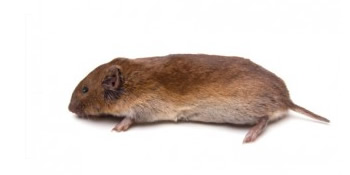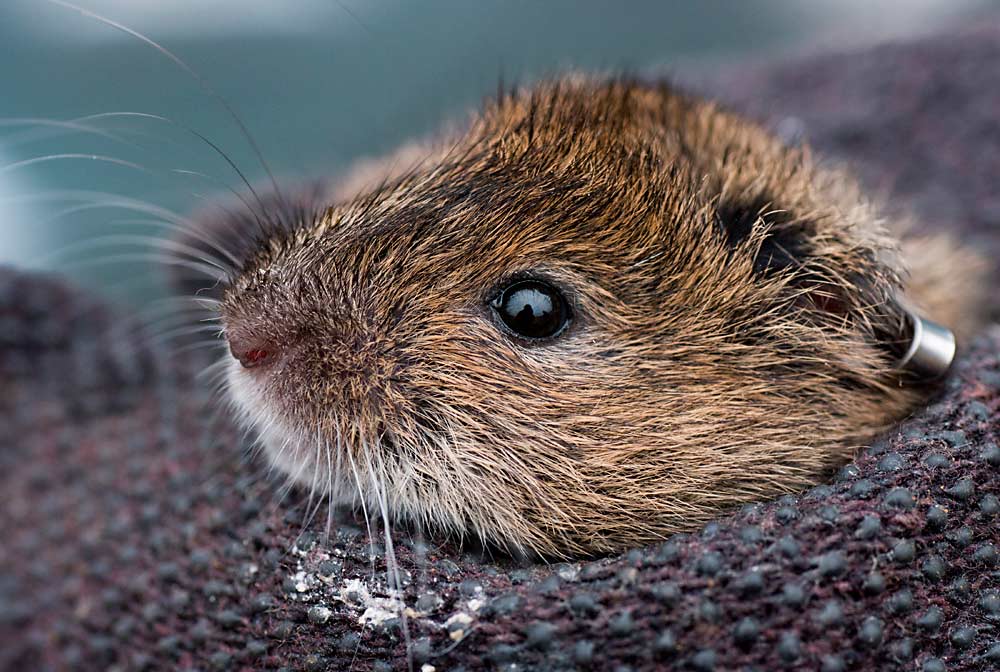Recover Your Lawn's Health and wellness: Aggressive Vole Insect Control
Recover Your Lawn's Health and wellness: Aggressive Vole Insect Control
Blog Article
Grasping Vole Bug Control: Extensive Insights on Invasion Prevention and Therapy Methods
As homeowner and caretakers, the presence of voles can posture a significant difficulty to keeping the honesty of our outdoor areas. Understanding the ins and outs of vole actions is essential in establishing effective bug control strategies. By recognizing the subtle signs of vole problem early on, we can take positive actions to avoid prevalent damages. In this conversation, we will certainly check out the nuances of vole habits, dive into the identification of invasion indications, and reveal one of the most reliable prevention and treatment techniques. Stay tuned to find the understandings that will empower you to master vole bug control and safeguard your building against these elusive rats.
Comprehending Vole Habits
Analyzing the foraging patterns of voles offers beneficial insights into their behavior and environment preferences. Voles, small rats resembling mice, are herbivores recognized for their below ground tunneling tasks. By observing their foraging behavior, scientists can acquire a far better understanding of where voles favor to develop their habitats and the extent of their ecological effect. Voles are respected breeders, with a solitary female efficient in producing several clutters in a year, making it critical to understand their behavior for reliable parasite control techniques.
Study suggests that voles display discerning feeding practices, favoring seeds, roots, and bulbs - vole control. This dietary choice influences their foraging patterns, leading them to areas rich in plant life and ground cover. Furthermore, voles are recognized to create fancy tunnel systems for foraging and nesting purposes, suggesting a high level of adaptability to their surroundings
Comprehending vole actions is vital for carrying out targeted parasite control steps that disrupt their environment choices and foraging tasks. By researching their behavior, experts can develop more reliable avoidance and therapy approaches to manage vole infestations.
Identifying Signs of Vole Infestation
Vole problems can be found by identifying details indications of their existence in a location (vole pest control). One of the most typical indications of a vole problem is the presence of surface runways.
Another essential sign of vole invasion is the presence of small burrow openings in the ground. Voles dig shallow burrow systems with several entries and departures. These burrows function as shelter and nesting sites for the voles. In addition, voles are recognized to leave eaten plant stems, origins, and light bulbs near their burrow openings, indicating their feeding activity in the area.
In addition, vole droppings can additionally signify their existence (vole control). Vole droppings are small, brown, and round in form, looking like grains of rice. Discovering these droppings along runways or near burrow openings can confirm a vole problem. By being attentive for these indications, home proprietors can without delay resolve vole problems and avoid more damage.
Executing Proactive Prevention Actions
To successfully mitigate the dangers connected with vole problems, property proprietors can proactively carry out a series of safety nets intended at safeguarding their landscapes and yards. One important step is to keep a well-trimmed lawn and consistently eliminate high weeds and dense plants, as voles are brought in to locations providing ample cover. Installing barriers such as hardware fabric underground around at risk see post areas like garden beds can also help avoid vole breach. Additionally, maintaining yard locations tidy and lessening clutter where voles might hide or nest is vital in lowering their presence.
Additionally, utilizing natural vole deterrents like castor oil-based repellents or killer pee can act as efficient safety nets. It is also advisable to frequently examine outside rooms for any type of indications of vole task, such as paths or you could check here burrow openings, to resolve prospective invasions immediately. By taking on these positive prevention methods, homeowner can significantly lower the probability of vole damages and keep the health and wellness and aesthetic appeals of their landscapes.
Reliable Treatment Strategies
Including targeted trapping techniques and utilizing authorized rodenticides are essential elements of reliable therapy strategies for taking care of vole infestations. Trapping can be a reliable way to minimize vole populations, specifically when put strategically in their energetic paths. Snap catches and live traps can both work, with the latter permitting the capture and relocation of voles. When utilizing rodenticides, it is critical to follow security standards to avoid injury to non-target animals and pets. Area rodenticides in safe and secure lure stations to lessen risks to unexpected targets. Furthermore, environment alteration, such as reducing ground cover and getting rid of resources of food, can assist discourage voles from infesting a location. Routine surveillance and upkeep are also essential facets of successful therapy techniques to ensure that vole populaces are kept under control. By combining trapping, rodenticides, environment alteration, and regular surveillance, effective vole bug control can be accomplished.

Tracking and Upkeep Tips
Maintaining an organized routine for tracking and conducting regular upkeep activities is essential to maintain the efficiency of vole pest control procedures. Regular surveillance permits the early detection of vole activity, enabling punctual intervention before problems intensify. To effectively keep an eye on vole populations, tactically placed catches can be made use of in vole runways or near burrow entrances. By frequently examining these traps, homeowner can determine the extent of vole task and change control strategies appropriately.
Furthermore, maintaining a neat and clean landscape is essential in vole avoidance. Clearing away debris, such as piles of timber or thick plants, removes prospective vole environments. Regularly cutting and cutting lawns plants helps in reducing vole concealing places and minimizes their accessibility to food sources.

Verdict
To conclude, understanding vole parasite control needs a strong understanding of vole habits, the ability to determine indications of infestation, implementing proactive prevention measures, efficient look at more info therapy approaches, and regular monitoring and maintenance. By taking an extensive method to vole control, people can properly manage and prevent infestations, ultimately shielding their residential or commercial property and surrounding setting from damages triggered by these tiny rodents.
In this discussion, we will check out the nuances of vole actions, dig into the identification of problem signs, and uncover the most efficient avoidance and therapy methods.Incorporating targeted trapping techniques and utilizing authorized rodenticides are crucial elements of reliable treatment strategies for handling vole problems. To successfully keep track of vole populaces, strategically put traps can be made use of in vole paths or near burrow entryways. Checking and fixing any kind of problems to these structures makes sure that vole control remains reliable in guarding buildings from invasions. By including these monitoring and upkeep techniques right into a detailed vole pest control strategy, individuals can successfully manage vole populations and shield their residential or commercial properties from damage.
Report this page